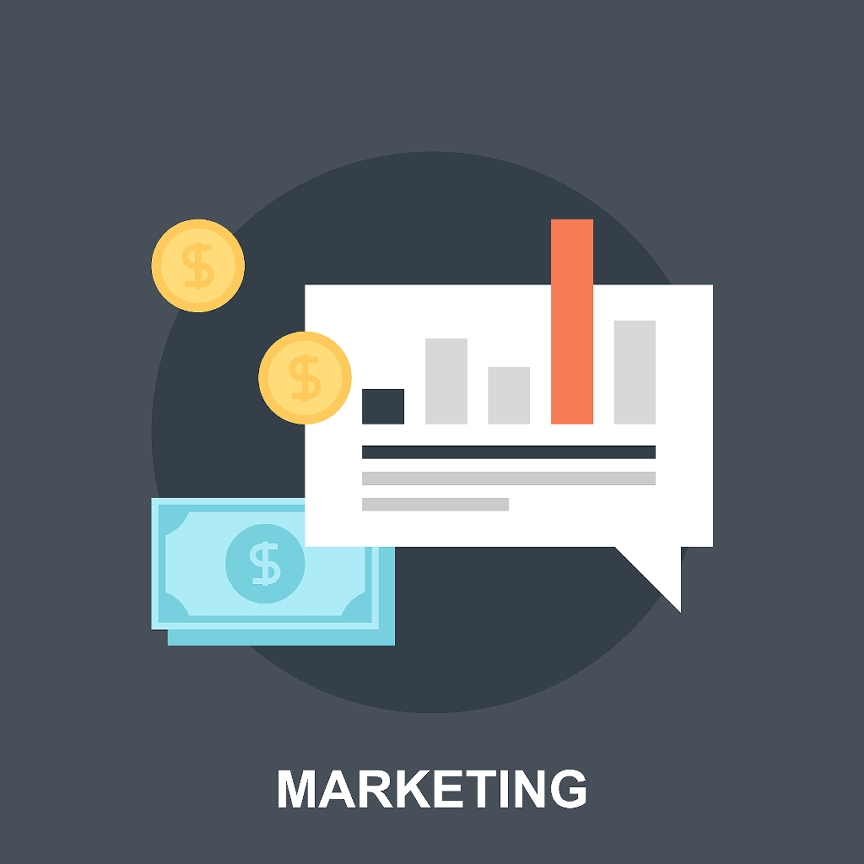
The Battle of the Marketing Methods: Traditional vs Digital
Each business strives to grow and develop because even stagnation is a sure sign of failure. In order to achieve its goal, a company needs to constantly work on enlarging its client base, which means it has to use all available promotional tools and channels to reach as many new clients and stay in touch with the existing ones. How the problem of choosing the right advertising strategy is dealt with has a great effect on the overall performance of every company. But the question is: traditional vs digital: which is better?
Some companies prefer traditional marketing methods because they have been successful in the past. That’s why we still see print ads, billboards or flyers distributed all over the world, and TV and radio commercials are still going strong. On the other hand, new advertising methods are taking the world by storm, reaching a much greater number of people in much less time for much less money. They are all Internet-related and include web pages, blogs, social media platforms and every other way of promoting a business online.
The old and the new methods have been co-existing for quite a while and the jury is still out. So, let’s take a look at some advantages and disadvantages of both methods, hoping to reach a conclusion on traditional vs digital that might help you prepare the best possible advertising strategy for your business.
Advantages of traditional marketing
Like everything else that has been around for so long, it’s become universally accepted, especially because of the personal touch that helps a lot when it comes to engaging customers. Clients prefer communicating with a real person, rather than an automated chatbot and would always feel that someone is ready to listen to them and help them.
Also, although this is the age of rapid IT development, we have to be aware that not everyone is happy and comfortable using the Internet and social media, which is why billboards, brochures, and commercials still have a great role to play in advertising. Finally, we shouldn’t neglect the fact that traditional advertising methods have been so successful for decades, although the world has changed a lot since the first advertisement was placed.
Disadvantages of traditional marketing
Naturally, each method has its flaws. Traditional marketing is quite expensive in comparison with new methods, especially when we talk about TV commercials, which are both expensive to create and air. Printed advertising material requires design, printing, and distribution, which don’t always come cheap.
Next, traditional methods are not very flexible when it comes to targeting the right audience, i.e. a specific group of people. They are visible to everyone and you can only hope that the sufficient number of people from your target group will notice your ad and respond. Finally, when you place a print ad, it’s difficult to track just how many people have seen it, unless it’s a flyer with a coupon that people have to use to get a discount, for example.
Advantages of digital marketing
With most of the world now being online, it’s only natural for marketers to seize the opportunity to reach even more people using modern technology. The information about clients is collected very quickly and easily, which helps companies design special promotions and campaigns. Another advantage is that digital marketers can identify their target audience more easily based on the collected data and then use social media for branding.
What is also important for all marketers is the ability to measure results and with digital advertising, it’s quite easy and error-free, since you always have access to the information about how your audience received your message and how they responded. Last but not least, modern technology allows companies to create communication channels between them and their clients, and use them not only to promote their offer but also to receive feedback.
Disadvantages of digital marketing
Needless to say, not everything is perfect about new methods. More and more companies are relying on them, which means you’re no longer competing with local competitors, but you’re almost up against the whole world, which means you really need to stand out somehow. The fact that creating a successful digital campaign is very time-consuming is another downside.
Furthermore, when you open communication channels, you are also running a great risk of a dissatisfied customer spreading a negative word-of-mouth about your product or service, which might have a devastating effect on your image and business results. The anonymity provided by the Internet means that people are quite ready to voice their opinion, no matter how well-based their claims are.
Conclusion on traditional vs digital marketing
As you can see, both methods have their respective advantages and disadvantages, which leads us to conclude that neither one should be rejected lightly, since it can bring something that the other one can’t. The only logical way is to use the best of both worlds and adapt it to your particular situation and environment in order to achieve the best possible results.
Author Bio:
David Webb is a Sydney-based business consultant and online marketing analyst. With six years of experience and a degree in online business strategies, he is driven to help people to better understand this new digital age. In his free time, David enjoys writing, travelling and an occasional night out with his friends.




